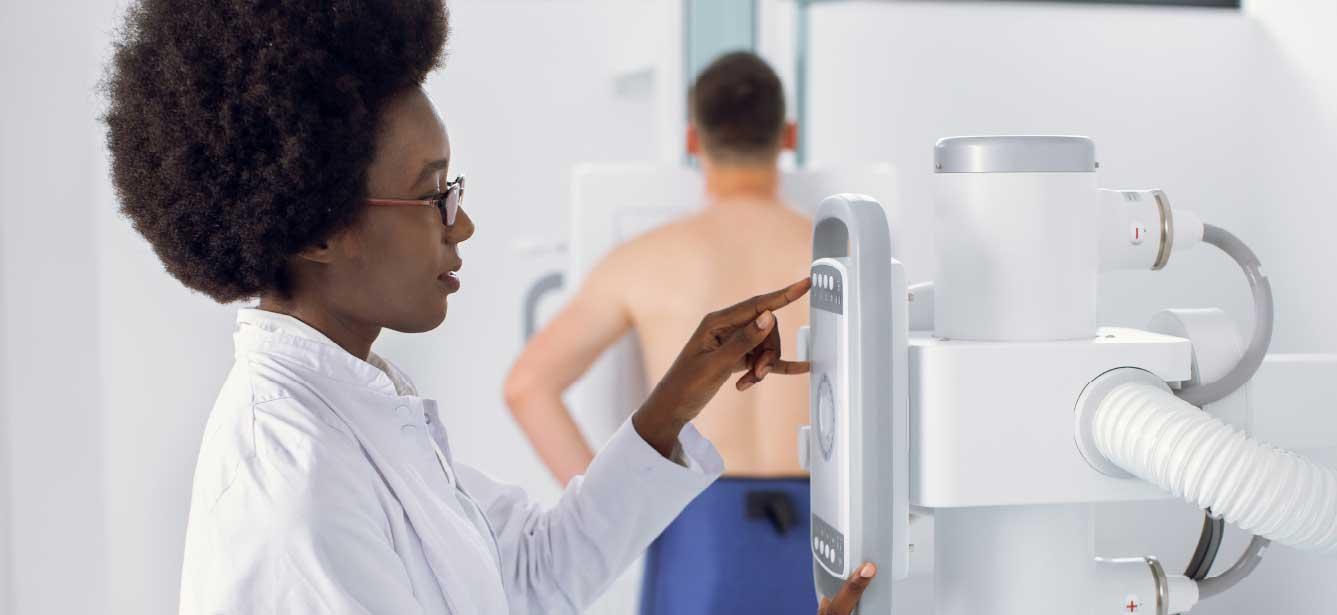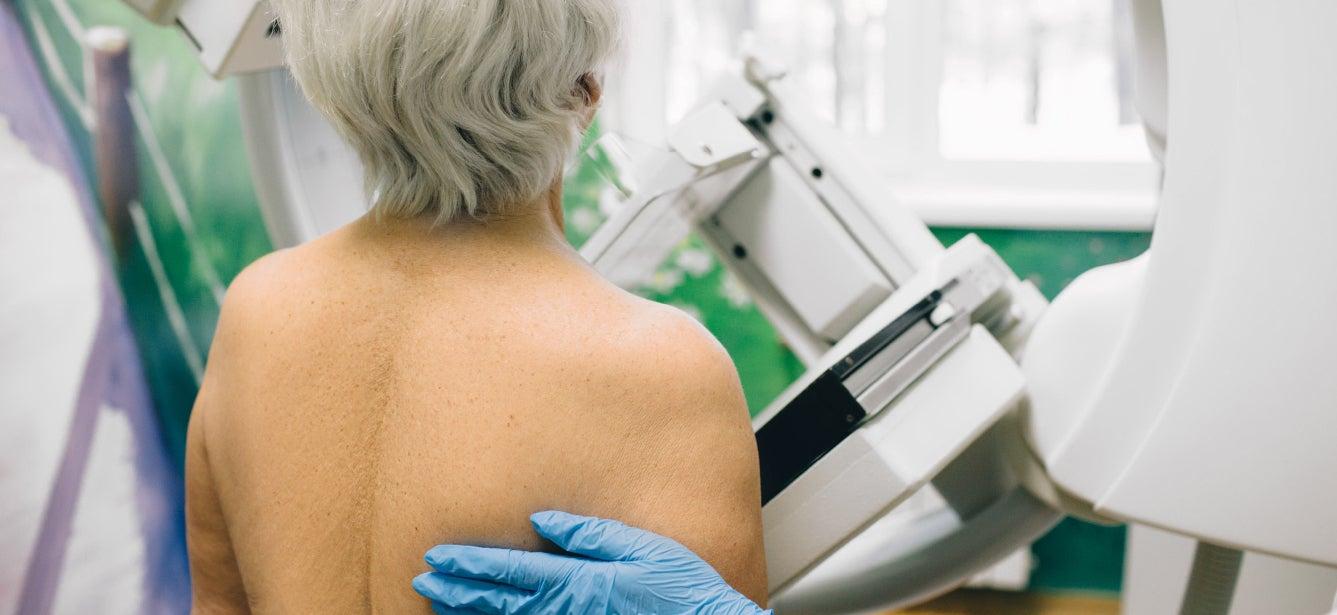
Did you know that in 2021, the guidelines for lung cancer screening were updated and expanded, making screening more accessible to millions of Americans? Screening can help detect lung cancer earlier which leads to better outcomes. This Lung Cancer Awareness Month, learn how lung cancer screening could save your—or a loved one’s—life.
Why get screened for lung cancer?
“Lung cancer screening can find about 80% of lung cancers at an early stage when they are more curable. Most people who undergo lung cancer screening are surprised at how easy it is—no preparation the night before; no IV. And it’s fast! Once positioned on the table, the scan takes 1-2 minutes at most.” said Dr. Heather Mackey, Senior Director, Cancer Prevention and Early Detection for the Prevent Cancer Foundation.
How do we screen for lung cancer and who is eligible?
For people at high risk of lung cancer, annual screening is recommended using a low-dose CT (LDCT) scan. For this screening, you lie down on the exam table of the machine, which will pass through a CT scanner. Your arms may be raised over your head and you will be asked to lie still.
During the scan, an X-ray machine uses a small amount of radiation to take multiple images of your lungs that are then combined for a detailed look. You will be asked to hold your breath for short periods of time during the scan. The process is quick and painless.
What makes you at high risk of lung cancer? The definition can be confusing, so we asked Mackey to break it down for us. You are considered at high risk for lung cancer if you:
- Are age 50-80 AND
- Are a current or former (quit within past 15 years) smoker AND
- Have a 20 pack-year smoking history. (A “pack-year” is the equivalent of smoking one pack of cigarettes per day for a year.)
If you meet all these criteria, it’s recommended you talk with your health care provider about getting screened annually with LDCT.
The U.S. Preventive Services Task Force (USPSTF) recently expanded the guidelines for those who should be screened for lung cancer, so now more people are eligible. Under the Affordable Care Act, Medicare and private insurance companies must cover screening services given an “A” or “B” grade from the USPSTF, which includes lung cancer screening for this high-risk group.
If you’re at high risk for lung cancer, you should get screened regardless of whether you are experiencing symptoms. Getting screened annually could be lifesaving.
How do I get screened?
Lung cancer is the leading cause of cancer-related death in the U.S. When lung cancer is found early, when it’s still small and before it has spread to other areas of your body, you have more options for treatment and a higher chance of cure.
Unfortunately, most lung cancers aren’t found until they are more advanced and begin to cause symptoms. That’s why lung cancer screening is so important.
If you think you’re eligible for lung cancer screening, make an appointment with your doctor to discuss what’s recommended for you. Share this information with loved ones who may be at risk and encourage them to get screened. If you need to learn what other cancer screenings you may need, visit the Prevent Cancer Foundation’s screening snapshot. You can even find a doctor and schedule your appointment (link)https://www.preventcancer.org/back-on-the-books/screenings-you-need/.
Who is at risk for lung cancer?
Anyone with lungs can develop lung cancer. In addition to a history of smoking, other risk factors include:
- Heavy exposure to secondhand smoke
- Exposure to indoor or outdoor air pollution
- Having a job with exposure to radiation
- Exposure to certain toxic substances, such as arsenic, radon or asbestos
- A family history of lung cancer (To help determine your risk, complete this family medical history chart and share it with your health care provider and other family members.)
What are the symptoms of lung cancer?
Pay attention to your body and be aware of the symptoms of lung cancer, regardless of whether you are at high risk. Talk to your health care provider if you experience some of these symptoms to determine if it’s lung cancer or another health condition.
- Coughing that worsens or persists
- Chest pain
- Shortness of breath
- Wheezing
- Coughing up blood
- Tiredness
- Weight loss that is unintentional
Is lung cancer preventable?
An important step to take to reduce your risk of lung cancer is not to smoke; if you do smoke, take steps to quit now (Call 1-800-QUIT-NOW for help). Learn more about risk and risk reduction at www.preventcancer.org/lungcancer.



